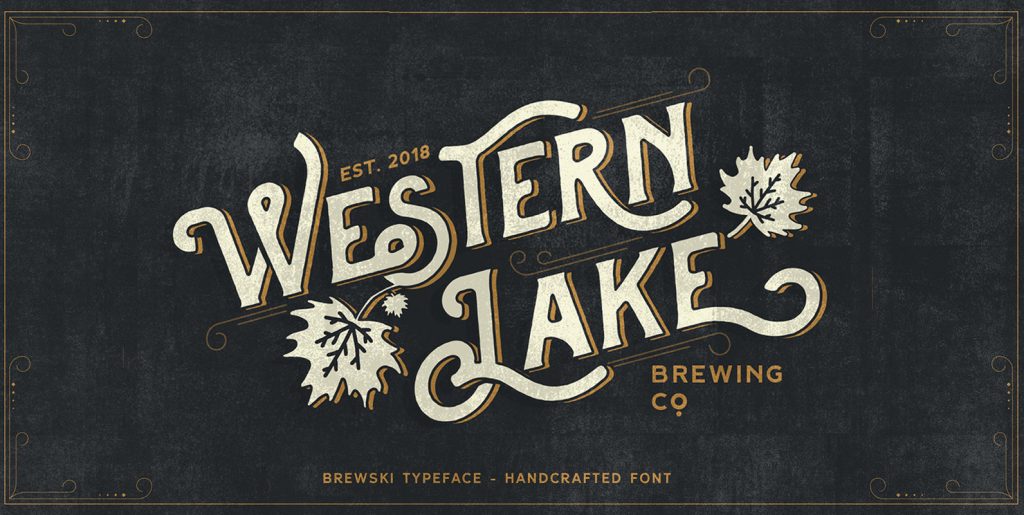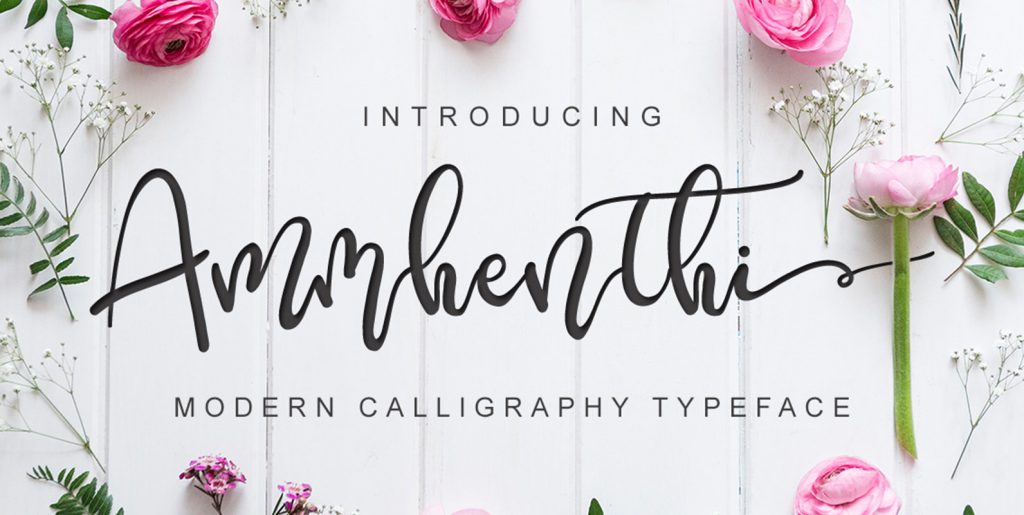The Latin word Prodesse means useful & reflects the Otto de Fijter’s striving for readability and style. This font is a collection of letters, numbers and punctuation marks in six variants. As far as the height and form, they are tuned to the roman and italic, all having their capitals, small caps and lowercase letters and symbols. Because I, in the words of Isaac Newton, stood on the shoulders of giants , these giants deserve a mention of honour: Jan Schalkwijk, who wrote “Zo wordt schrijven een feest”, which introduced Otto, at the age of seven to the calligraphy, that fundamentally influenced the Prodesse; Ad de Keizer (†1997), who taught Otto, to draw and paint letters; The text on Trajan’s Colum (Rome, 113) which is the main source for the capitals of the Prodesse; Jan van Krimpen (†1958), whose ligatures of Romanée Roman and Cancelleresca Bastarda Otto thinks unequalled.
As such, they have influenced the Prodesse design in the roman and italic ligatures; Typographer Prof Hans Peter Willberg has been a major source of enthusiasm for the sketch designs and arranges proof sheets of the ‘Dutch typefase’ Prodesse; Bram de Does (†2015), letter designer of the Trinité & Lexicon and typographer has, frequently taught de Fijter in book and letter designs.
For the documentary Systematic sloppy on Bram and the Trinité there have also been many interesting meetings. Moreover, until briefly before his passing away, Bram advised Otto on the Prodesse designs. Bram: ‘Otto, your roman “e” with the diagonal line, are you sure it wouldn’t be better to change it to a horizontal one?’ Nicholas Jenson; whose Venetian (1470) applied in ‘Eusebius, De Præparatione Evangelica’ has the text colour, which Otto attempts to approach. Here the desired nature of his Prodesse becomes clear. For a linear high contrast and acuity, gained through the rich details of the Humanist Romans.

